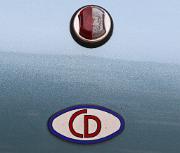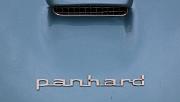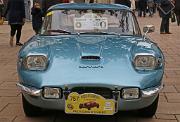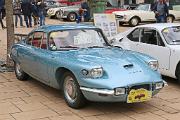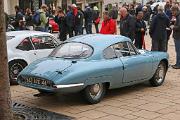
Panhard CD Rallye 1965 rear
Panhard CD Rallye 1965. Although the 'CD' in the name likely stands for Charles Deutsch (of Deutsch et Bonnet), the teardrop design had a drag coefficient of 0.22.
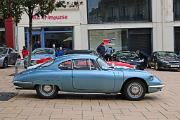
s Panhard CD Rallye 1965 side
Panhard CD Rallye 1965. Charles Deutsch (of Deutsch et Bonnet) developed the CD Rallye from his design for the CD Dyna Le Mans car. This was designed with aerodynamicist Lucien Romani and Marcel Hubert for the 1962 24 heures du Mans. The production Panhard CD achieved a drag coefficient of 0.22.
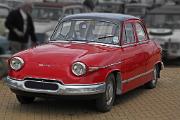
Panhard PL17 L7 1963 Tigre front
Panhard PL17
1963 Tigre. Introduced in 1959 the PL17 replaced the Dyna Z and originally had an 851cc flat twin air-cooled engine, but in 1963 a newer 848cc engine offered 50bhp (or 60bhp for this 'Tigre' version). For 1963 the L6 model got modest restyling, with the front indicators fitted to the side of the headlamps, and an extended roofline.
1963 Tigre. Introduced in 1959 the PL17 replaced the Dyna Z and originally had an 851cc flat twin air-cooled engine, but in 1963 a newer 848cc engine offered 50bhp (or 60bhp for this 'Tigre' version). For 1963 the L6 model got modest restyling, with the front indicators fitted to the side of the headlamps, and an extended roofline.
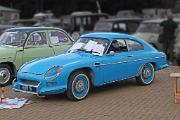
D-B HBR5 1959 front
Deutsch et Bonnet (D-B) HBR5 1959.
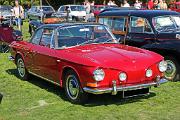
Volkswagen Karmann-Ghia 1965 1500 S front
Click here to go to an album on: Volkswagen Karmann-Ghia 1500 S 1965. Intended to replace the long-running Beetle-based Karmann-Ghia (it didn't!), the Type 34 Karmann-Ghia was built on a Type 3 VW platform and powered by the flatter Boxer-four 1500 or 1600cc engine. Engineer Sergio Sartorelli designed the Type 34, but it only sold from 1962 to 1969 and was outlived by the Type 14 which sold until 1974
All images and content of this site is the copyright of Simon GP Geoghegan
